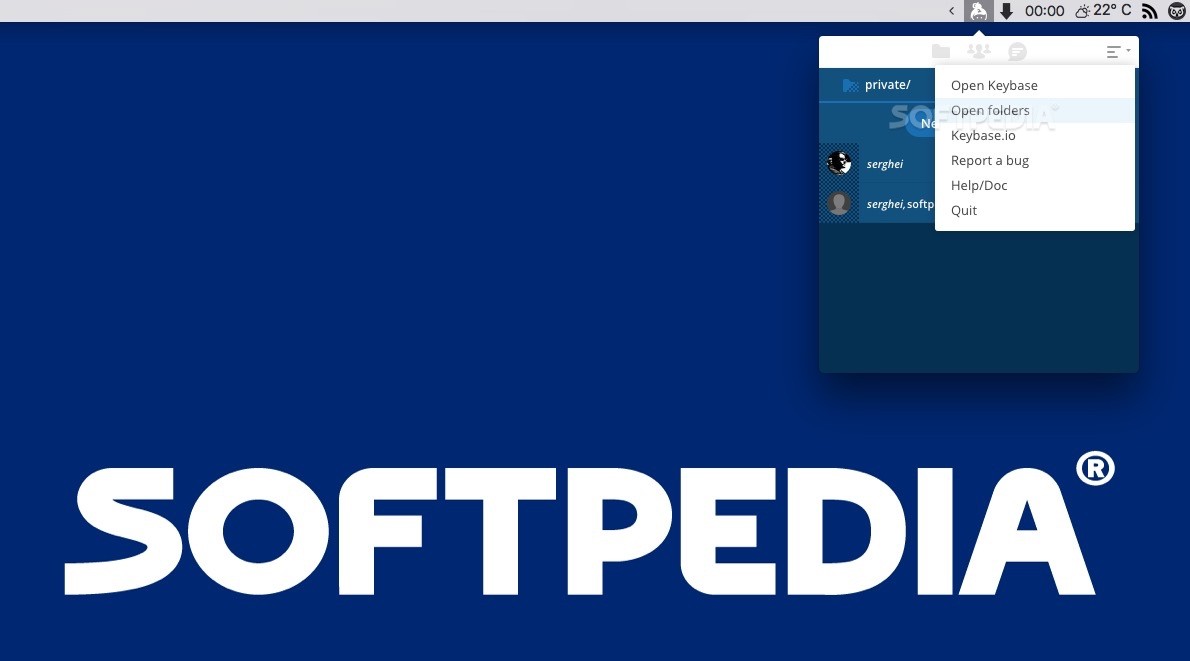

Then choose Y to push a copy of the key to Keybase and Y again to add give your private key a passphrase.Īfter a few seconds, Keybase asks for your account password and then prompts you to enter a passphrase for your GPG key.Īt the end of the output, note your key’s ID - in my case, B606B038A1A5CE20. Make sure these match your identity on GitHub, or at least a verified email that you use on GitHub. Keybase will first ask you for your real name and email address. ▶ INFO Exported new key to the local GPG keychain ▶ INFO Generating encryption subkey (4096 bits) ▶ INFO Generating primary key (4096 bits) When exporting to the GnuPG keychain, encrypt private keys with a passphrase? Y Push an encrypted copy of your new secret key to the Keybase.io server? Y Keybase pgp gen -multi Enter your real name, which will be publicly visible in your new key: Garrick Aden-BuieĮnter a public email address for your key: another email address (or when done): To most people, the terms GPG and PGP are functionally interchangeable: GPG is the GNU Privacy Guard which is an open-source version of PGP ( Pretty Good Privacy). Note that the keybase cli uses the pgp command, but we’ve been talking about GPG keys. Once you have a Keybase account, head back to the command line 4 to create a new GPG key. Their app will guide you through the process of creating an account. If you don’t have a Keybase account, open the Keybase app that we installed with brew. It’s also a great way to share that key between your own computers. One advantage of Keybase is that its app and command line tool make it relatively easy to generate and store GPG keys. In other words, Keybase is place to store encryption keys and to link your identity (and those keys) to your public identities such as your accounts on Twitter or GitHub. Keybase is key directory that maps social media identities to encryption keys in a publicly auditable manner 3. It manages the cryptographic steps: signing or encoding files with your personal GPG key. The first line installs gpg, the GNU Privacy Guard command line tool.
#KEYBASE APP INSTALL#
(If homebrew is new to you, head over to to learn more and to grab the installation command.)īrew install gpg brew install -cask keybase The easiest way to install both is with the MacOS package manager, homebrew. I’m hoping you have git 2 and RStudio installed the two new things you’ll probably need are Keybase and gpg.
#KEYBASE APP SOFTWARE#
We need at least four pieces of software to make this work. Set up signed and verified commits Install Keybase and GPG I’m using a Mac, but the process is very similar for Linux/Unix machines 1. Then we’ll set up git to use this key to sign your commits, and along the way we’ll configure git to work with RStudio, too.

#KEYBASE APP HOW TO#
In this post, I’ll show you how to use Keybase to create your own GPG key. When GitHub knows that the real you made the commit, it adds the green badge. With signed commits, you cryptographically sign each commit with your private key that only you own, and GitHub (and others) will verify your signature with the public key pair.

This can obviously lead to problems (that are admittedly mostly theoretical in my daily life) and there’s a relatively easy solution: signed commits. Git doesn’t do anything to verify the commit author and, while GitHub will try a little harder than git, it’s surprisingly easy to pretend to be somewhere else in a git repo. Git config -global user.email git config -glboal user.name "Hadley Wickham" # pretend to commit as Hadley git commit -m "Fix recode() arguments to new = old"


 0 kommentar(er)
0 kommentar(er)
